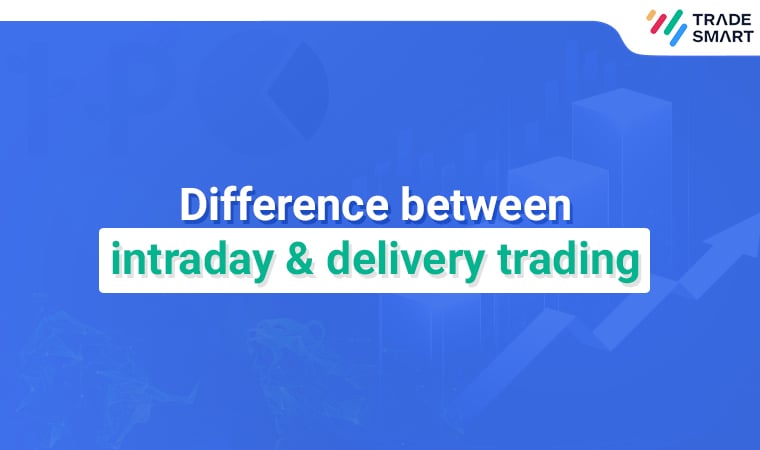Introduction:

Image: tradesmartonline.in
In the labyrinthine world of stock market trading, navigating the intricate paths between intraday trading and options trading can be daunting. Both strategies offer unique opportunities for profit, but they differ significantly in their risk profiles, mechanics, and potential rewards. This comprehensive guide will delve into the key distinctions between intraday trading and options trading, arming you with the knowledge to make informed investment decisions.
Intraday Trading: A Daylong Rollercoaster Ride
Intraday trading, also known as day trading, is the art of buying and selling stocks within the same trading day with the goal of capitalizing on short-term price fluctuations. The adrenaline-pumping nature of this strategy appeals to traders seeking quick profits. However, it also poses substantial risks due to the inherent volatility of intraday price movements.
Successful intraday traders possess lightning-fast decision-making skills, the ability to manage risk effectively, and a deep understanding of market trends. The potential rewards can be lucrative, but they come with the sobering reality of potential losses. Intraday traders often use technical analysis, leveraging charting tools and patterns to predict short-term price movements.
Options Trading: Navigating Risk-Hedged Opportunities
Options trading involves the buying and selling of options contracts, which grant the holder the right, but not the obligation, to buy or sell an underlying asset at a predetermined price within a specific timeframe. Options confer a greater degree of flexibility compared to stocks, allowing traders to potentially generate income or hedge against risk.
Options premiums, the cost of purchasing an option contract, vary depending on factors such as the underlying asset’s price, volatility, and time to expiration. The strategic use of options allows traders to customize their positions, maximizing potential gains while managing risk. Unlike intraday trading, options trading offers the possibility of profit even when the underlying asset’s price moves against the trader’s prediction.
Making the Strategic Choice: Gauging Personal Preferences and Risk Tolerance
The choice between intraday trading and options trading depends on individual risk tolerance, investment objectives, and skillset. Intraday trading appeals to those seeking thrill and the potential for quick profits, but it entails a significant risk appetite and requires constant market monitoring.
Options trading offers greater flexibility, risk management tools, and the potential for income generation. However, it warrants a thorough understanding of options strategies and pricing dynamics. Novice traders are advised to start with paper trading simulations to test their strategies before venturing into real-world markets.
Conclusion:
Intraday trading and options trading present distinct approaches to investing in the stock market. While intraday trading offers the potential for rapid profits, it demands a high level of risk tolerance and market expertise. Options trading provides a wider scope of strategies, allowing traders to manage risk and potentially generate income even in volatile markets.
Understanding the nuances of both strategies is crucial for informed investment decisions. Seasoned investors may consider incorporating a blend of these approaches to diversify their portfolios and maximize their chances of success in the ever-evolving stock market landscape.

Image: www.indiainfoline.com
Difference Between Intraday Trading And Option Trading






